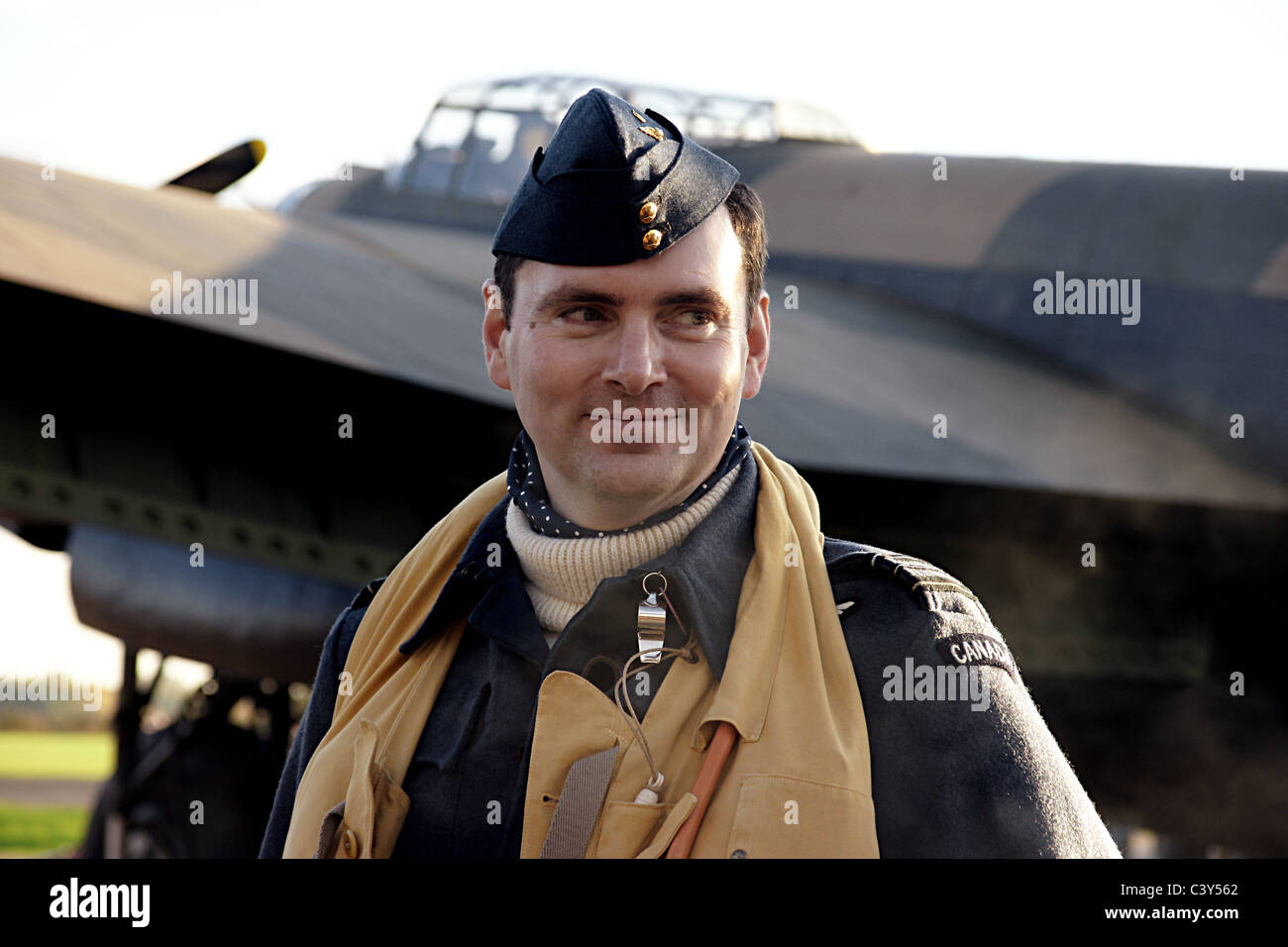
The interior of a Halifax was not roomy, but it was provided with 2 Rest Bunks and an Elsan Toilet.įor any given 100 Aircrew in Bomber Command, 1939-1945 the Statistical Breakdown was:-įlying Log: every Crew Member was required to keep a Flying Logbook of every Flight he took including Air Tests, Transport, Training & Operational Flying. The Wireless Operator sat below the Pilot and the Bomb Aimer in the Nose.

The latter was kept very busy with Adjustments & Fuel Management. The Navigator & the Flight Engineer were placed in the front Fuselage, between the front Turret and the Cockpit. There were 3 Gunners, in the Nose, Mid & Rear Turrets. The Aircraft required a Crew of 7, namely:- The Pilot, the Navigator, the Flight Engineer, the Wireless Operator, the Bomb Aimer, the Mid Upper Gunner and the Rear Gunner. The Flight-Engineer and I were in constant communication.” Halifax’s, however, had a much better reputation for Survival when Baling-out. But the Instruments were arranged as if they had been flung in through the Window and fitted where they landed. It was, in fact, the ideal Aeroplane to go to sleep in. If left to fly itself, it would Porpoise its way back to straight & level.

“The Halifax always seemed reluctant to leave the ground and glad to be back down again. Its early design faults and haphazard arrangement of internal controls, dials & switches made it harder work to fly.

Halifax Aircrews, even today, insist that it was a better Aeroplane than the Lancaster.


 0 kommentar(er)
0 kommentar(er)
